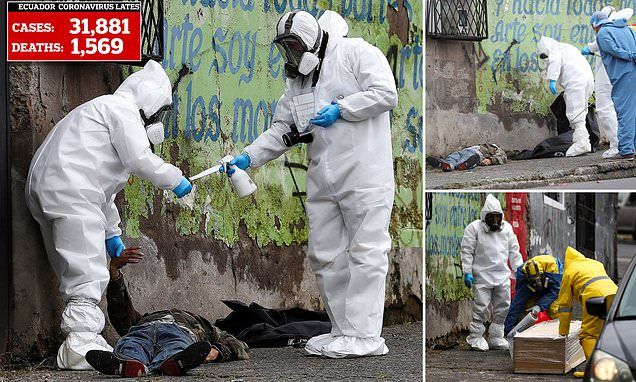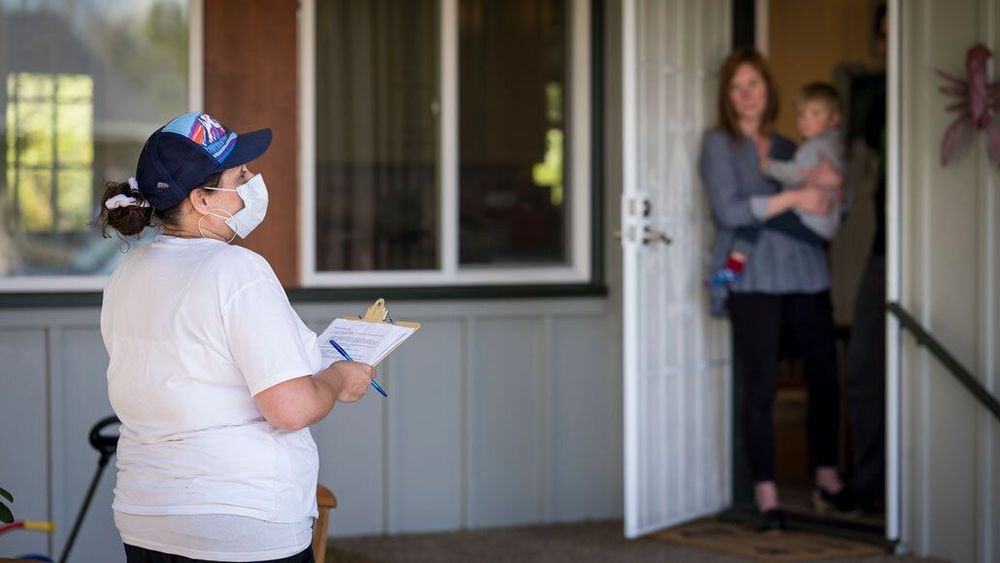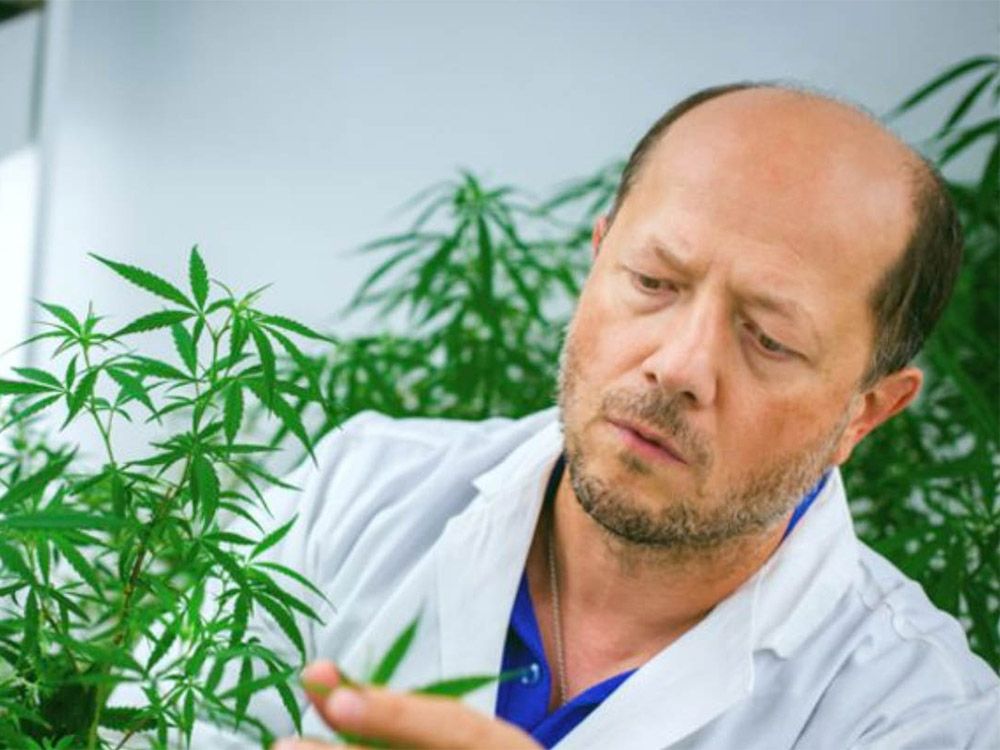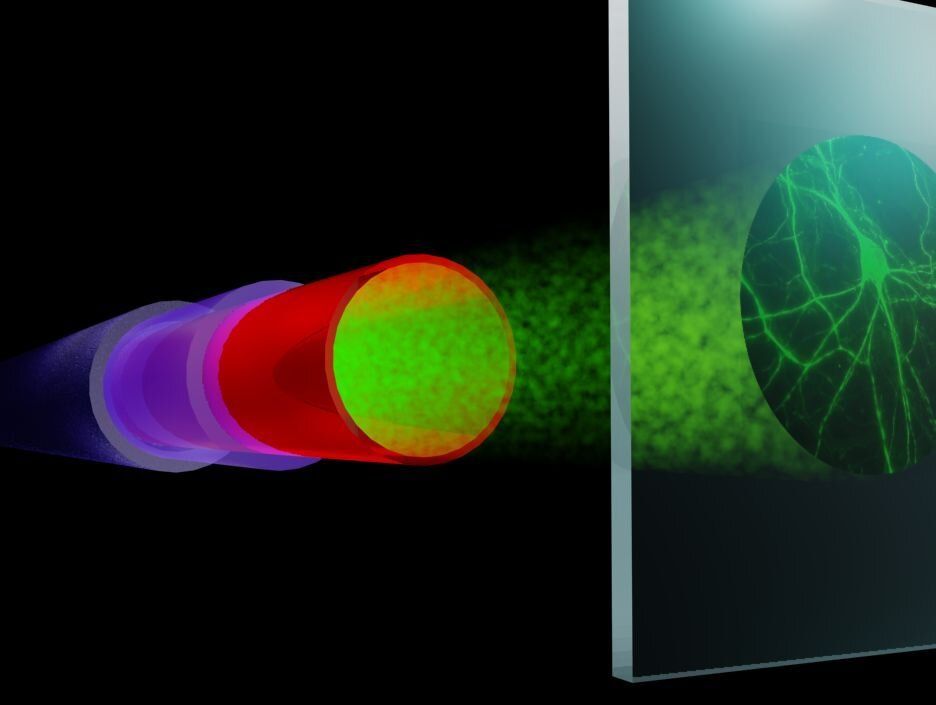Page 7543
May 10, 2020
Reversing age: dual species measurement of epigenetic age with a single clock
Posted by John Davies in categories: biotech/medical, chemistry, finance, genetics, life extension, neuroscience
 Young blood plasma is known to confer beneficial effects on various organs in mice. However, it was not known whether young plasma rejuvenates cells and tissues at the epigenetic level; whether it alters the epigenetic clock, which is a highly-accurate molecular biomarker of aging. To address this question, we developed and validated six different epigenetic clocks for rat tissues that are based on DNA methylation values derived from n=593 tissue samples. As indicated by their respective names, the rat pan-tissue clock can be applied to DNA methylation profiles from all rat tissues, while the rat brain-, liver-, and blood clocks apply to the corresponding tissue types. We also developed two epigenetic clocks that apply to both human and rat tissues by adding n=850 human tissue samples to the training data. We employed these six clocks to investigate the rejuvenation effects of a plasma fraction treatment in different rat tissues. The treatment more than halved the epigenetic ages of blood, heart, and liver tissue. A less pronounced, but statistically significant, rejuvenation effect could be observed in the hypothalamus. The treatment was accompanied by progressive improvement in the function of these organs as ascertained through numerous biochemical/physiological biomarkers and behavioral responses to assess cognitive functions. Cellular senescence, which is not associated with epigenetic aging, was also considerably reduced in vital organs. Overall, this study demonstrates that a plasma-derived treatment markedly reverses aging according to epigenetic clocks and benchmark biomarkers of aging.
Young blood plasma is known to confer beneficial effects on various organs in mice. However, it was not known whether young plasma rejuvenates cells and tissues at the epigenetic level; whether it alters the epigenetic clock, which is a highly-accurate molecular biomarker of aging. To address this question, we developed and validated six different epigenetic clocks for rat tissues that are based on DNA methylation values derived from n=593 tissue samples. As indicated by their respective names, the rat pan-tissue clock can be applied to DNA methylation profiles from all rat tissues, while the rat brain-, liver-, and blood clocks apply to the corresponding tissue types. We also developed two epigenetic clocks that apply to both human and rat tissues by adding n=850 human tissue samples to the training data. We employed these six clocks to investigate the rejuvenation effects of a plasma fraction treatment in different rat tissues. The treatment more than halved the epigenetic ages of blood, heart, and liver tissue. A less pronounced, but statistically significant, rejuvenation effect could be observed in the hypothalamus. The treatment was accompanied by progressive improvement in the function of these organs as ascertained through numerous biochemical/physiological biomarkers and behavioral responses to assess cognitive functions. Cellular senescence, which is not associated with epigenetic aging, was also considerably reduced in vital organs. Overall, this study demonstrates that a plasma-derived treatment markedly reverses aging according to epigenetic clocks and benchmark biomarkers of aging.
Several authors are founders, owners, employees (Harold Katcher and Akshay Sanghavi) or consultants of Nugenics Research (Steve Horvath and Agnivesh Shrivastava) which plans to commercialize the “Elixir” treatment. Other authors (Kavita Singh, Shraddha Khairnar) received financial support from Nugenics Research. The other authors do not have conflict of interest.
May 10, 2020
See Raytheon’s Jet-Powered Interceptor Drone In Action
Posted by Quinn Sena in categories: drones, military
“You want to engage as many targets as you can at longer range so what you get at short range is a few leakers, not the whole swarm,” says McGovern.
Coyote 2 has entered service with the U.S. military and Raytheon are now offering it to international customers. The attack on Abqaiq, and mass drone assaults on the Russian airbase at Khmeimim in Syria, show how easily swarms of drones can be deployed even by non-state actors. Such attacks can rapidly deplete stocks of expensive missiles, or overwhelm them. Any drones that get through can attack with lethal effects.
In future conflicts, drone swarm versus interceptors is likely to become an increasingly key battle. Whoever has the fastest, most agile, and most numerous drones is likely to come out the winner. Coyote 2 may help defenders stay ahead of the threat.
May 10, 2020
Bodies of Covid-19 victims lie in the streets of Ecuadorian city
Posted by Lon Anderson in category: biotech/medical

Bodies of coronavirus victims have been seen lying in the streets of the Ecuadorian capital amid warnings the pandemic is yet to peak across Latin America.
Forensics experts were seen attending to the corpse of a 65-year-old man suspected of contracting COVID-19 in Quito on Tuesday. Funeral home workers later arrived to load him into a coffin and drive him away.
Continue reading “Bodies of Covid-19 victims lie in the streets of Ecuadorian city” »
May 10, 2020
As COVID-19 Deaths Rise, Makeshift Morgues Go Up in New York
Posted by Lon Anderson in category: biotech/medical
‘I still can’t believe what I’m seeing.’ One couple’s apartment overlooks the street where a morgue was erected.
May 10, 2020
Train Like An Astronaut: Kelly Marie Tran and Naomi Ackie
Posted by Alberto Lao in category: space travel

#MayTheFourthBeWithYou!
Perhaps they have what it takes to face the First Order, but do Kelly Marie Tran and Naomi Ackie have what it takes to train like astronauts?
The Star Wars duo spent the day at Johnson Space Center training like astronauts and learning about NASA’s plans to explore the Moon with the new #Artemis program, which includes landing the first woman and next man on the lunar surface by 2024. Follow Tran and Ackie – used to traveling through galaxies far, far away – through their training with NASA Astronauts Megan McArthur and Jessica Watkins!
May 10, 2020
Door-to-door tests help track COVID-19’s spread in one Oregon town
Posted by Genevieve Klien in category: biotech/medical
Surveying neighborhoods directly may give a more accurate view than mail-in tests and other methods, researchers say.
May 10, 2020
Cannabis shows promise blocking coronavirus infection: Alberta researcher
Posted by Brent Ellman in category: biotech/medical
“Cannabis extracts are showing potential in making people more resistant to the novel coronavirus, says an Alberta researcher leading a study.
After sifting through 400 cannabis strains, researchers at the University of Lethbridge are concentrating on about a dozen that show promising results in ensuring less fertile ground for the potentially lethal virus to take root, said biological scientist Dr. Igor Kovalchuk.”
But the absence of clinical trials remains a barrier, and funding from an increasingly cash-strapped cannabis industry isn’t there to fuel that, said Kovalchuk.
Continue reading “Cannabis shows promise blocking coronavirus infection: Alberta researcher” »
May 10, 2020
Facebook’s new oversight board is cover for censorship, critics say
Posted by Fyodor Rouge in category: futurism
A new oversight board will govern Facebook content in an attempt to decentralize its policing of user posts. But is it just cover for further censorship?
May 10, 2020
Fiber imaging beyond the limits of resolution and speed
Posted by Genevieve Klien in categories: biotech/medical, nanotechnology
Researchers at ARCNL and Vrije Universiteit Amsterdam have developed a compact setup for fast, super-resolution microscopy through an ultrathin fiber. Using smart signal processing, they beat the theoretical limits of resolution and speed. Because the method does not require any special fluorescent labelling, it is promising for both medical applications and characterization of 3D structures in nanolithography. On May 7th, the results were published in Light: Science & Applications, a scientific journal in the Nature family.
“Imaging at the nanoscale is limited by the wavelength of the light that is used. There are ways to overcome this diffraction limit, but they typically require large microscopes and difficult processing procedures,” says Lyuba Amitonova. “These systems are unsuitable for imaging in deep layers of biological tissue or in other hard-to-reach places.”
Amitonova recently started a research group on Nanoscale Imaging and Metrology at ARCNL. She is also connected part-time to VU Amsterdam where she works on ultrathin fibers for endomicroscopy in the group of Johannes de Boer. Amitonova and de Boer have developed a way to overcome the diffraction limit in small systems to enable deep-tissue imaging with super-resolution.















